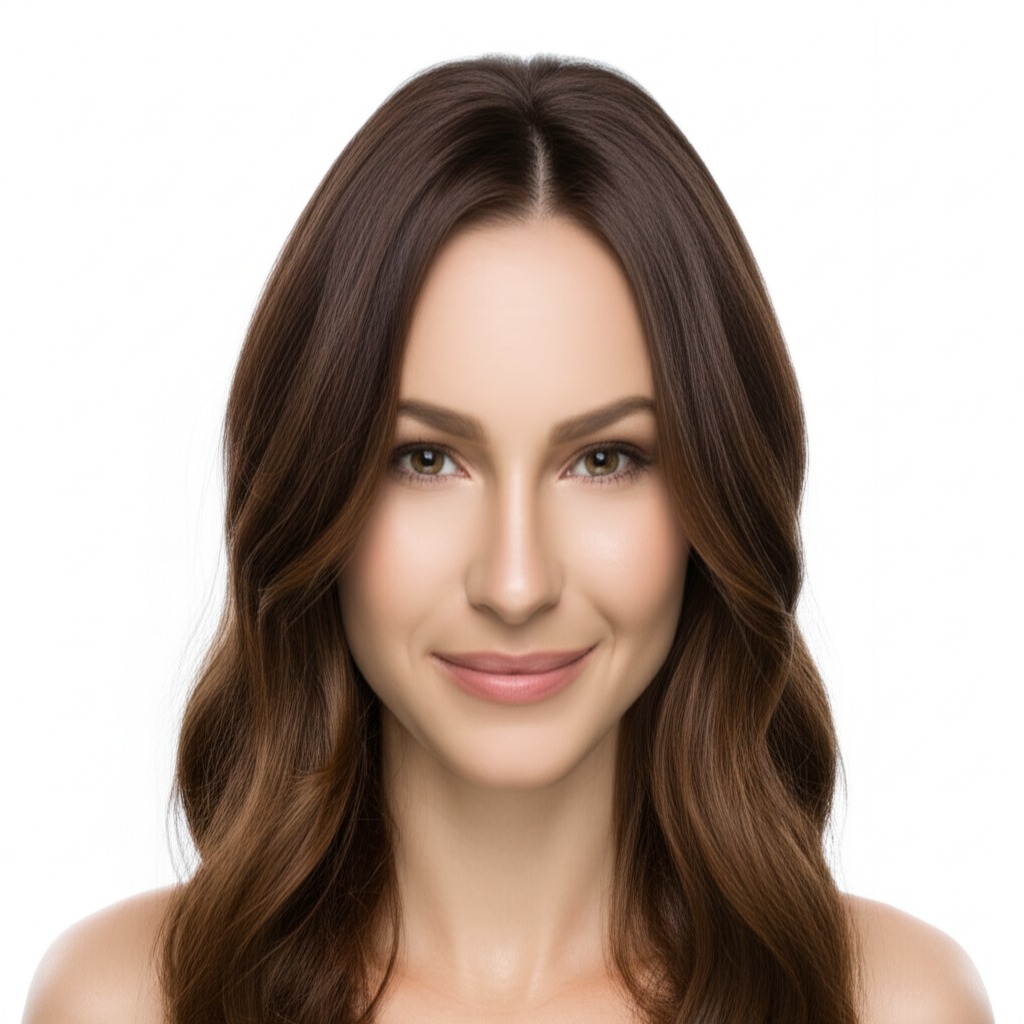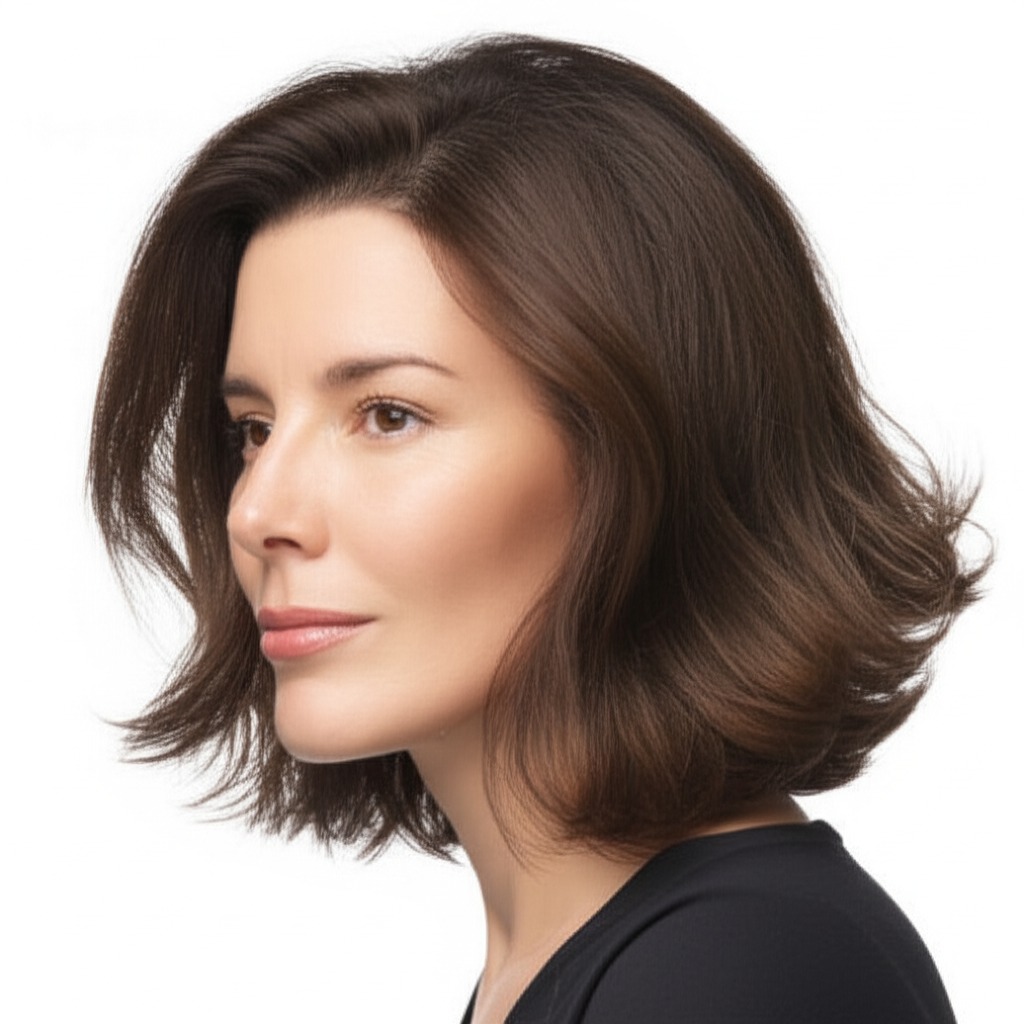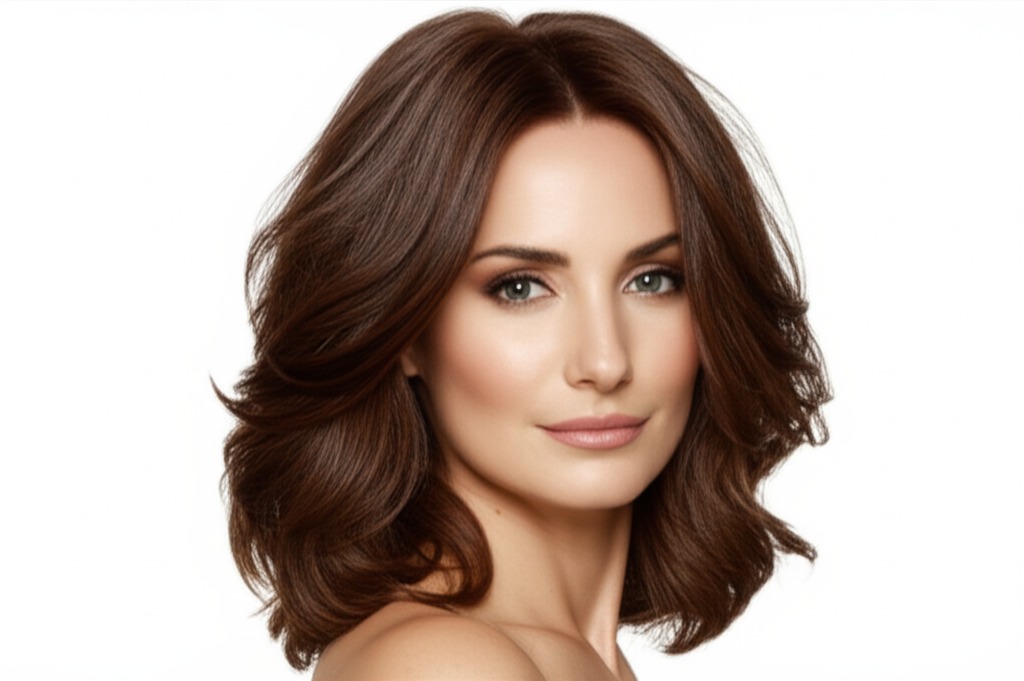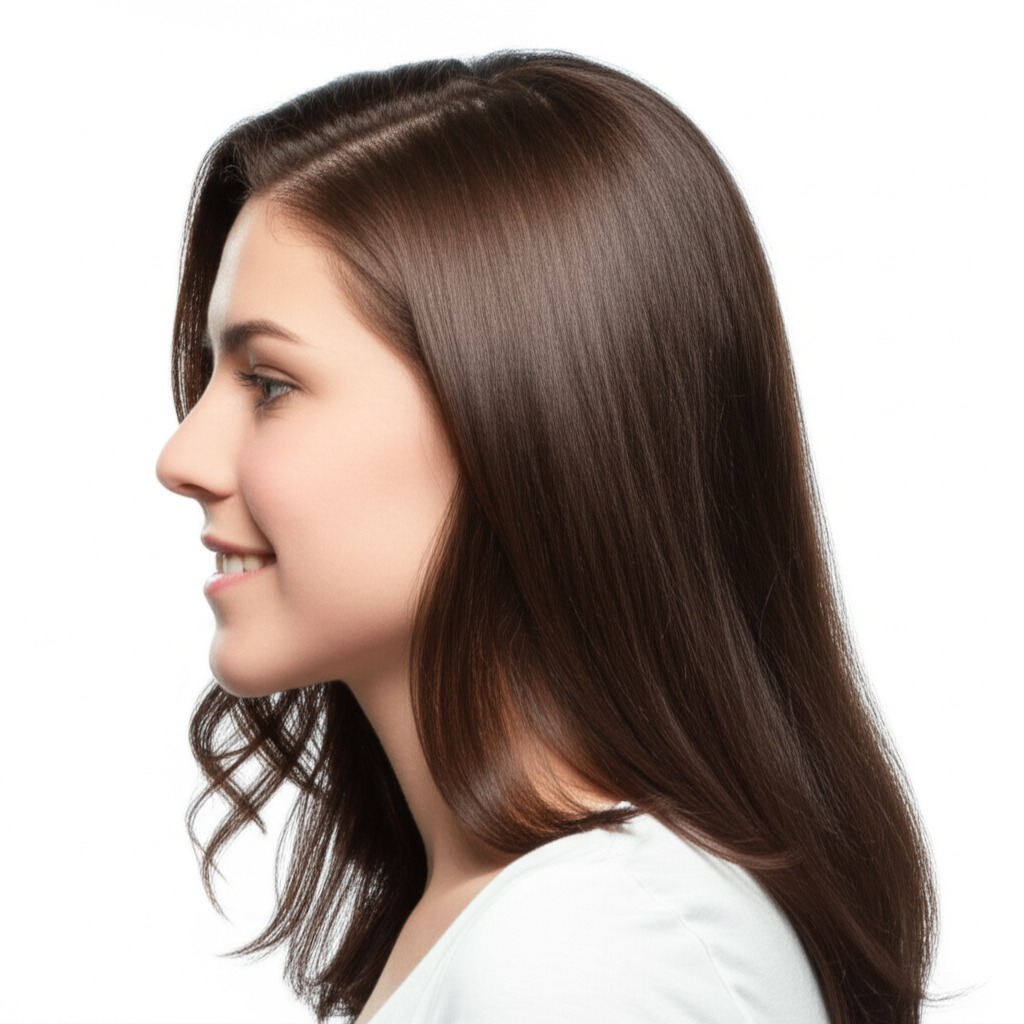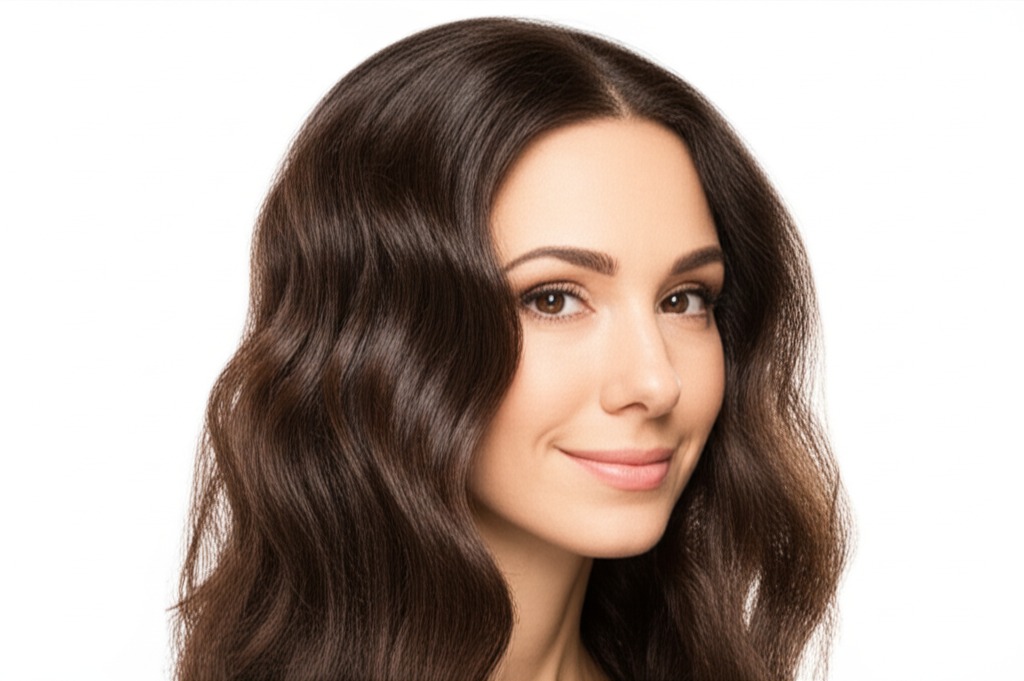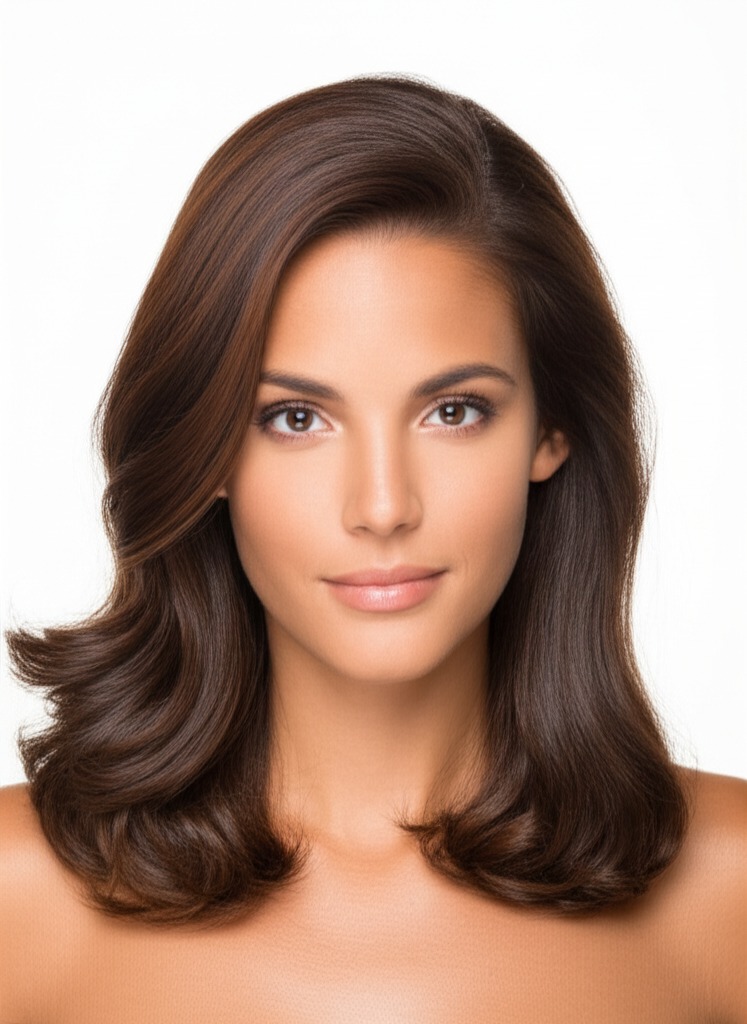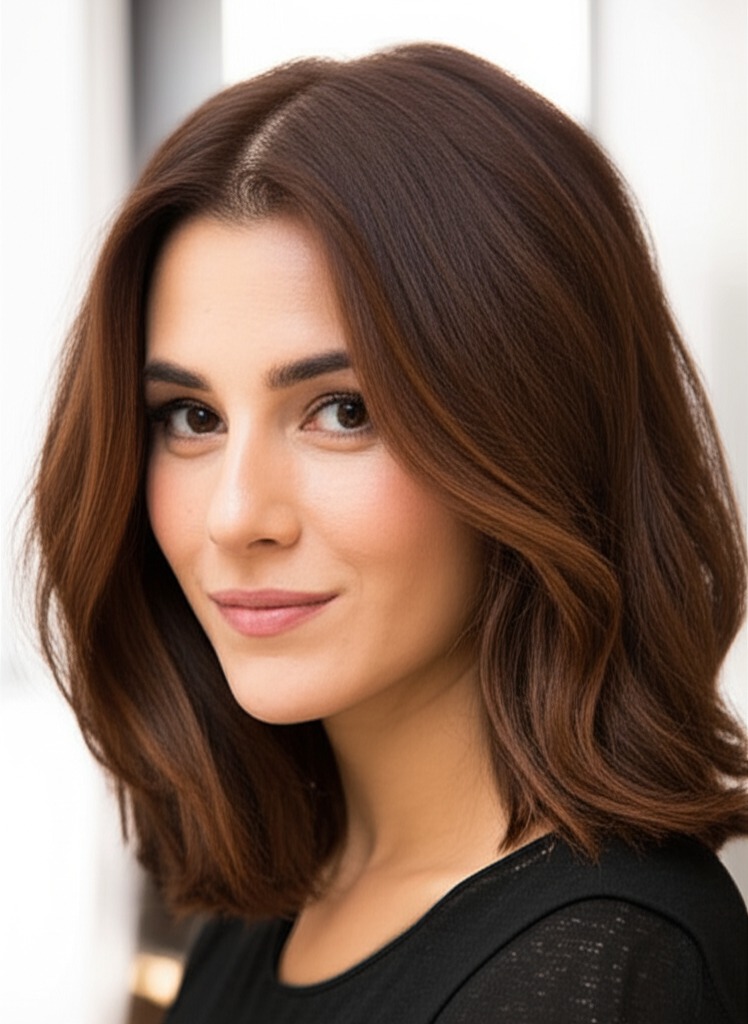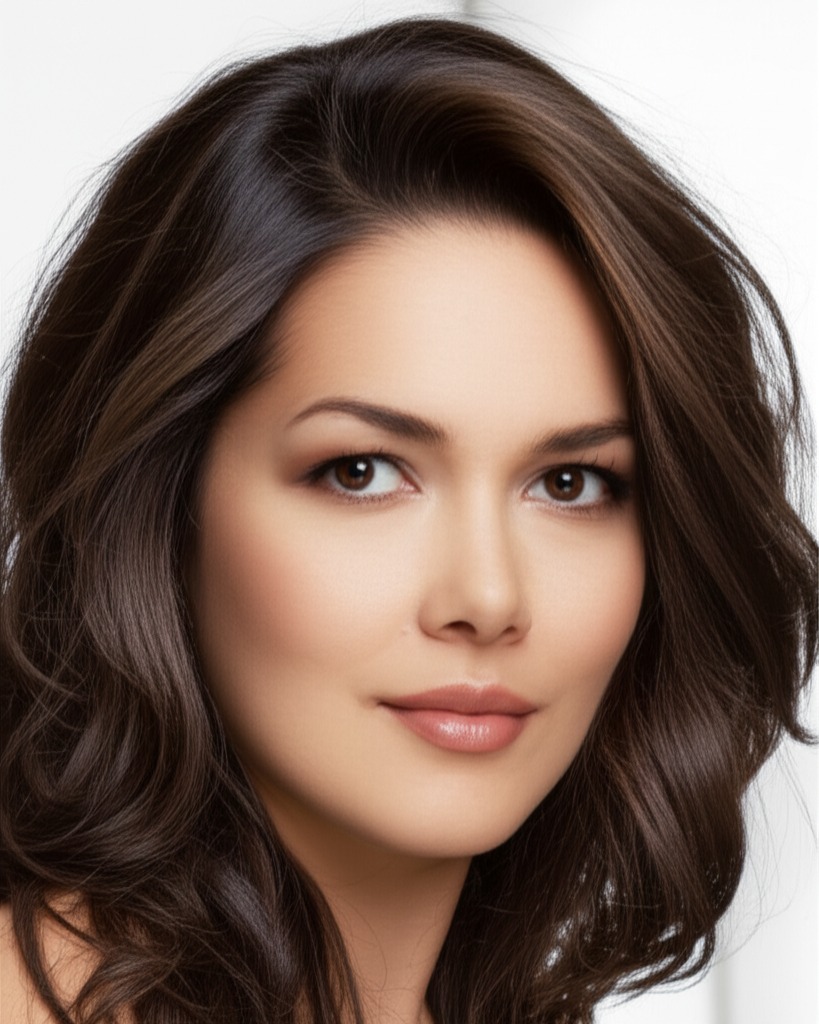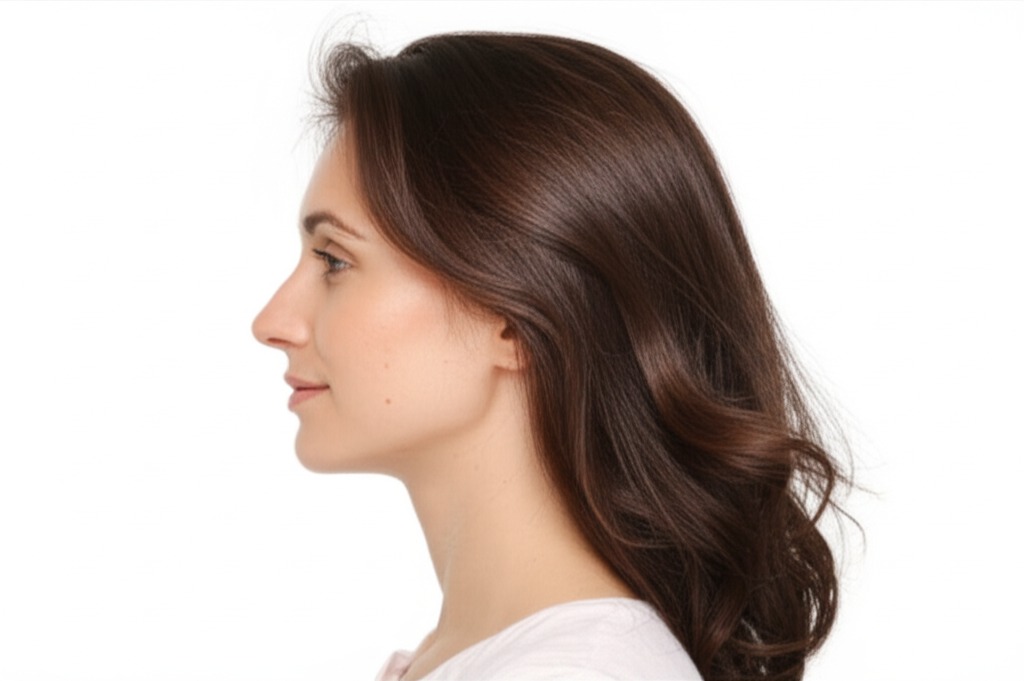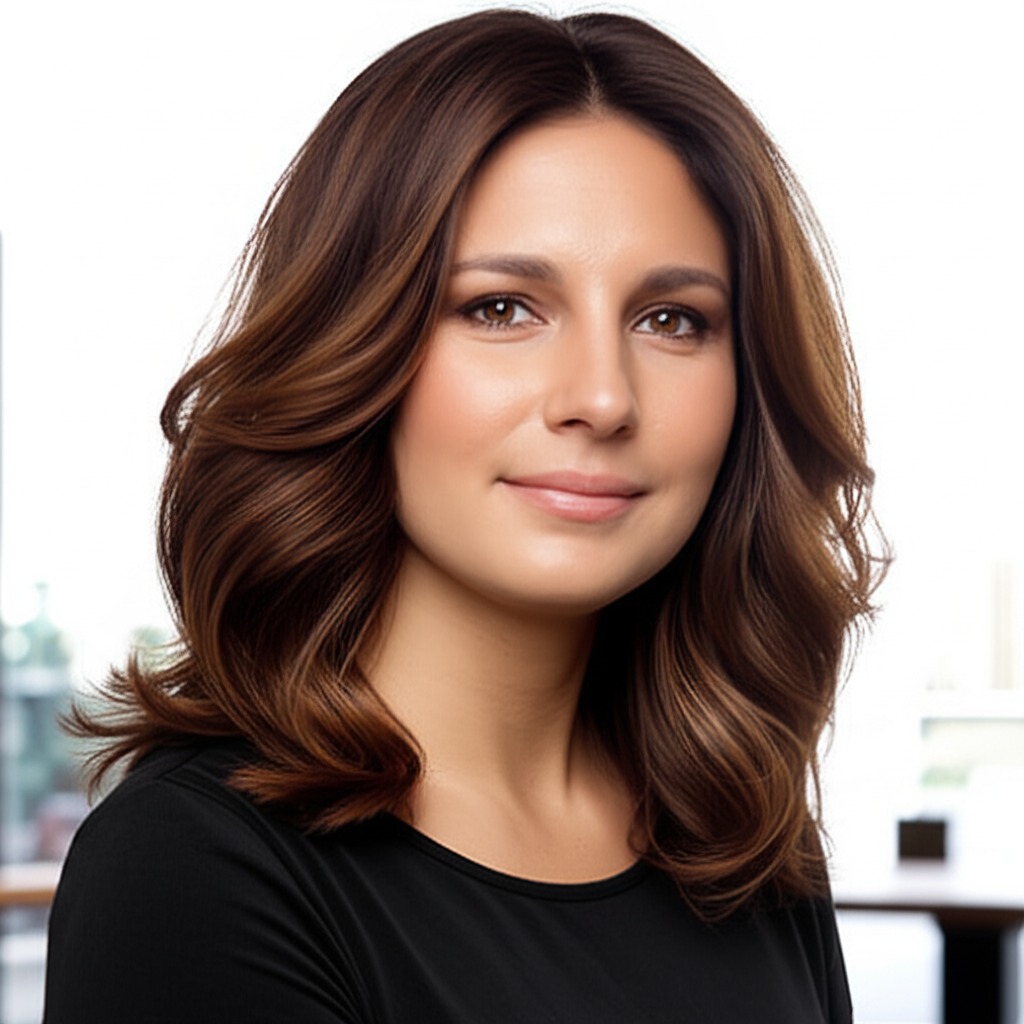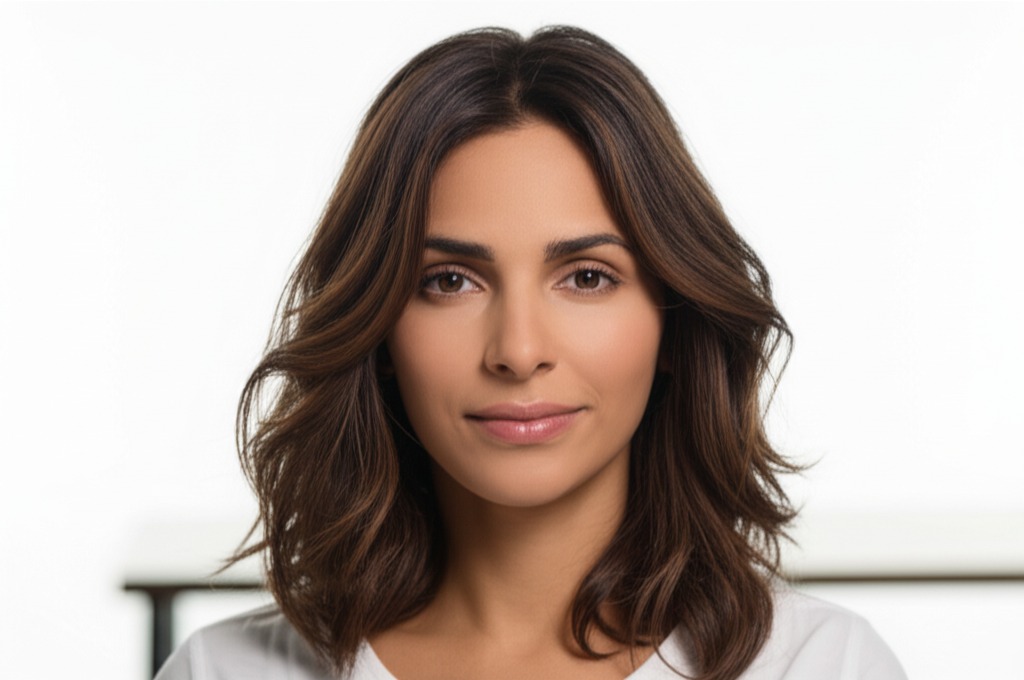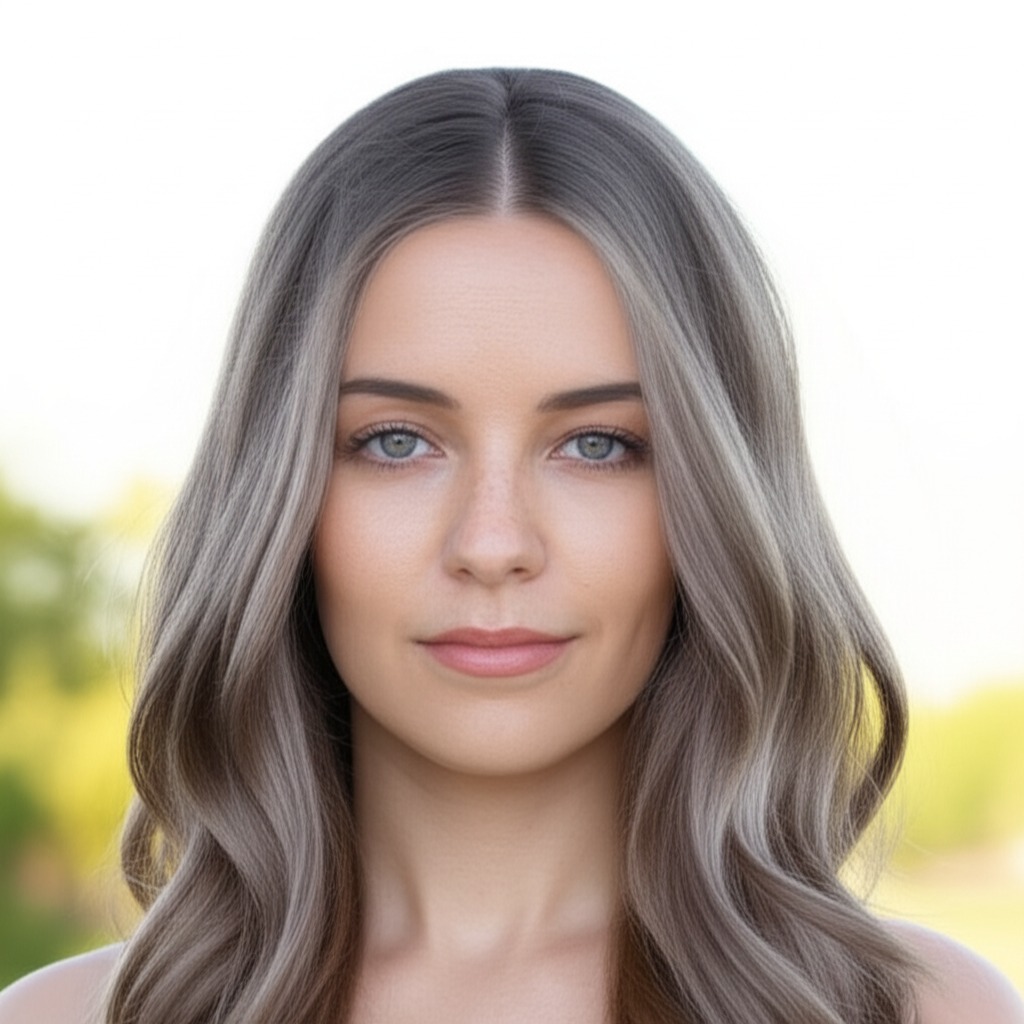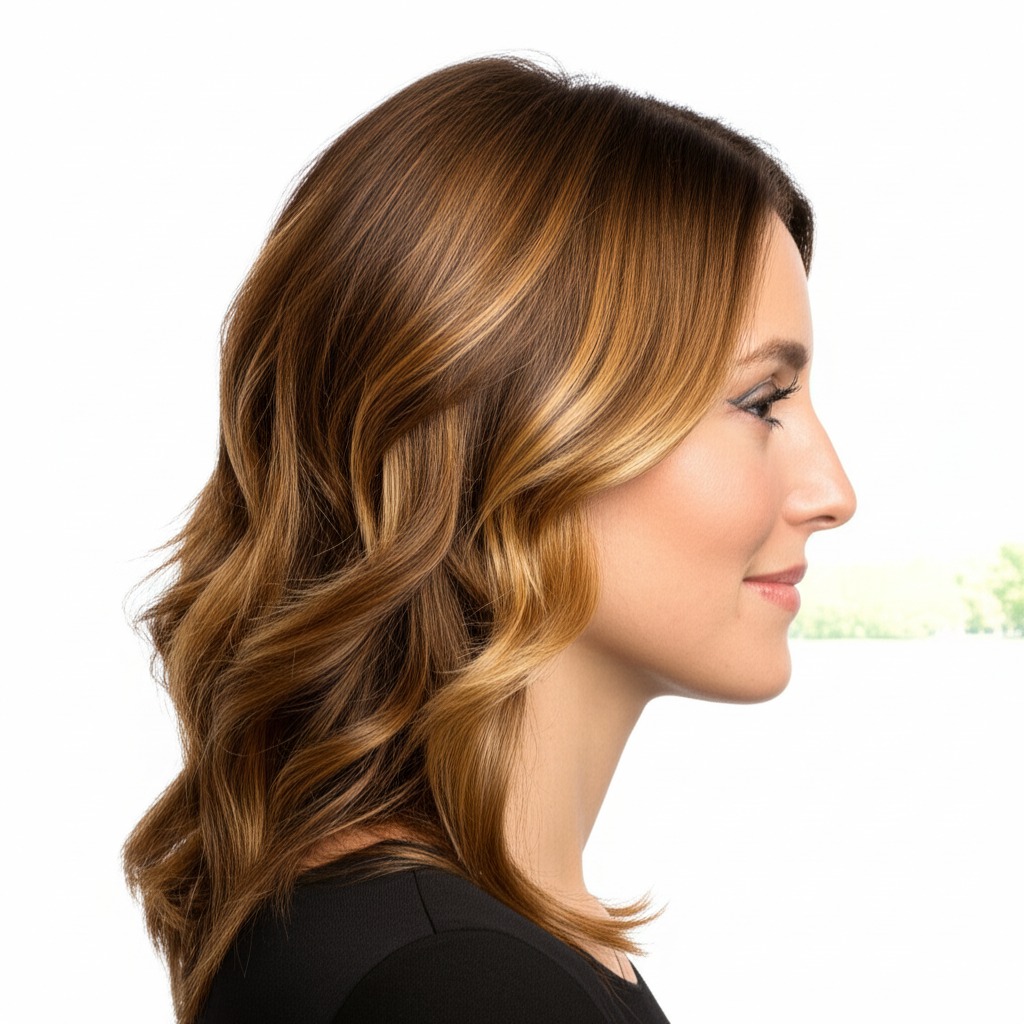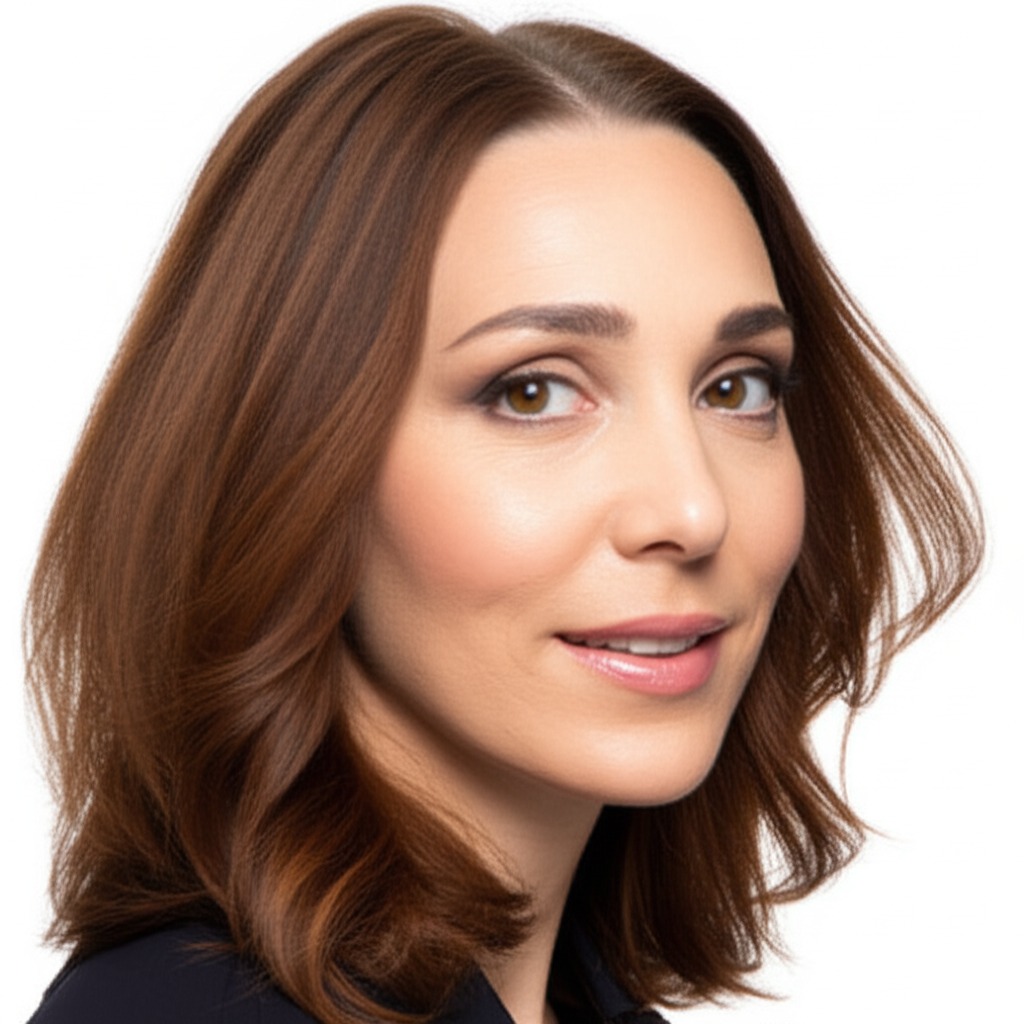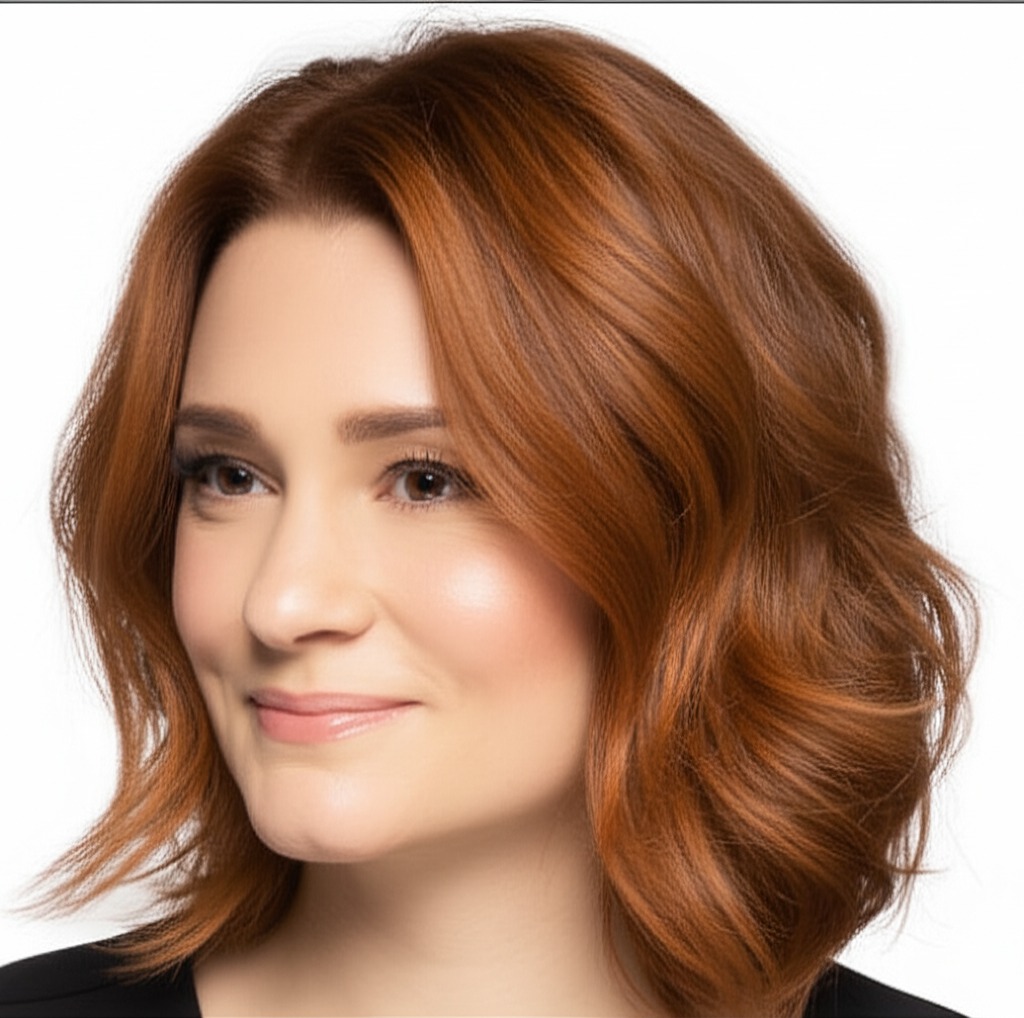#Dive into Delicious Dark Chocolate Brown Hair Color
Dark chocolate brown is a universally flattering hair color – rich, warm, and endlessly chic! It's more than just "brown"; it’s a complex shade that can bring out the best in your features. This guide will break down everything you need to know about achieving and maintaining this gorgeous look, regardless of your starting point or hair type.
#1. Understanding Dark Chocolate Brown: Shade Definition
Dark chocolate brown isn't just one color; it exists on a spectrum! Let’s understand the key components that define its character:
- Undertone: This is crucial. Most dark chocolates lean towards warm undertones – think hints of caramel or bronze. However, you can find versions with cooler (more ashy) undertones for a more muted effect. A neutral dark chocolate will have a balance of both.
- Depth (Levels): Hair color levels range from 1 (blackest black) to 10 (lightest blonde). Dark chocolate brown typically sits between Levels 2-5, depending on how light or deep you want it. A Level 3 is a common starting point – a true "dark chocolate" feel.
- Level 2: Very dark and intense; best for those wanting to go slightly lighter from very dark hair.
- Level 3: The classic, most versatile dark chocolate brown.
- Level 4: A bit brighter and softer than a Level 3.
- Level 5: A lighter, more dimensional shade – approaching medium brown but still with that rich chocolate feel.
#2. Who Does Dark Chocolate Brown Flatter?
This color is remarkably adaptable, but here's a breakdown of who it typically shines on:
- Skin Tone & Undertone:
- Warm Skin Tones (golden, olive): A warm dark chocolate brown will enhance your natural glow and bring out the warmth in your complexion.
- Neutral Skin Tones: You can pull off both warm and cool versions of dark chocolate! Experiment to see what you prefer.
- Cool Skin Tones (pink, blue undertones): A cooler or more neutral dark chocolate brown is ideal to avoid looking washed out. Too much warmth can make your skin appear sallow.
- Eye Colors: Dark chocolate brown complements virtually all eye colors!
- Brown Eyes: Intensifies their richness and depth.
- Blue/Green Eyes: Creates a beautiful contrast, making them pop.
- Hazel Eyes: Highlights the various tones within hazel eyes.
- Natural Level Starting Points:
- Dark Hair (Levels 1-3): This color requires less processing and is often achievable with just a single process application.
- Medium Brown Hair (Levels 4-6): Will likely achieve the desired shade easily, potentially needing some glossing for richness.
- Lighter Hair: Requires more significant coloring and may involve multiple sessions to avoid damage – discuss this thoroughly with your stylist!
#3. Technique Options: From Solid to Dimensional
How you apply dark chocolate brown makes a huge difference in the final look:
- Single-Process: A solid, all-over color. Best for covering grays or achieving a uniform shade.
- Highlights/Lowlights: Adds dimension and depth. Caramel highlights can enhance warmth; cooler lowlights add contrast.
- Babylights: Very fine, subtle highlights that mimic the natural sun-kissed look of children's hair. Creates softness and movement.
- Gloss/Toner: Used after coloring to refine the tone (warmth or coolness) and boost shine. Essential for maintaining color vibrancy.
- Balayage-Effect vs Solid: Balayage creates a more natural, blended look with softer roots – perfect for low maintenance and movement. A solid application provides even coverage but can require more frequent touch-ups.
#4. Maintenance & Longevity: Planning Ahead
Dark chocolate brown is generally lower maintenance than lighter colors, but upkeep is still key!
- Wash Frequency: Aim to wash your hair 2-3 times a week with color-safe shampoo.
- Toner Refresh: Every 6-8 weeks (or sooner if you notice fading or brassiness). Glosses can extend the time between full color appointments.
- Root Growth Pacing: Dark chocolate brown blends well with natural root growth, allowing for longer periods between touch-ups (up to 12 weeks depending on your starting level and desired look).
- Budget/Time Planning: This is a relative scale:
- Low Budget/Time: Single process application every 8-12 weeks. Minimal glossing.
- Mid-Range Budget/Time: Single process with highlights or babylights every 6-8 weeks, plus regular toning.
- High Budget/Time: Balayage or multiple highlighting techniques, frequent toning and deep conditioning treatments.
#5. Seasonality & Pairing With Cuts: Style Evolution
Dark chocolate brown is a year-round winner! Here's how to adapt it for different seasons and cuts:
- Bob: A sleek bob looks stunning with dark chocolate – especially when paired with subtle balayage.
- Lob (Long Bob): The longer length allows for more dimension; consider face-framing highlights.
- Long Layers: Dark chocolate brown on long layers creates movement and depth, particularly beautiful in the autumn months.
- Pixie Cut: A bold choice! Dark chocolate can make a pixie cut look sophisticated and edgy.
- Seasonal Tweaks: Add warmer tones (caramel) for summer; deepen the shade with cooler undertones for winter.
- Event/Occasion Picks:
- Work: Solid, even color conveys professionalism.
- Daytime: Balayage or babylights add a casual vibe.
- Evening: Glossing creates shine and drama.
- Weddings: A rich, dimensional dark chocolate complements formal attire beautifully.
#6. At-Home Care: Protecting Your Investment
Proper care is crucial for color longevity!
- Sulfate-Free Shampoo & Conditioner: Sulfates strip color – avoid them at all costs! Clarifying shampoo can be used occasionally (every 4-6 weeks) to remove buildup, but don't overuse it.
- Heat Protection: Always use a heat protectant spray before using any hot styling tools.
- Color-Safe Styling Tips: Minimize heat styling whenever possible. Air drying is always best!
- Product Checklist: Sulfate-free shampoo & conditioner, color-safe leave-in conditioner, heat protectant, deep conditioning mask (use weekly).
#7. Common Pitfalls: Prevention is Key
- Brassiness: Warm undertones can oxidize and turn brassy over time. Use a purple shampoo/conditioner occasionally to neutralize yellow tones.
- Banding: Uneven color application due to inconsistent product saturation. A professional stylist minimizes this risk.
- Patchiness: Can occur with at-home coloring if the product isn't applied evenly. It’s best left to professionals!
#8. Pros & Cons: Weighing Your Options
Pros:
- Versatile: Suits a wide range of skin tones and hair types.
- Flattering: Enhances natural features.
- Lower Maintenance (compared to lighter colors).
- Timeless: A classic, always-in-style color.
Cons:
- Fade Risk: Warm undertones can fade slightly over time.
- Maintenance Burden: Still requires regular toning and care.
- Requires Significant Processing for Lighter Hair.
#9. Salon Consultation Script: Setting Expectations
Here are some prompts to discuss with your stylist:
- "I'm interested in a dark chocolate brown color, but I’m unsure about the undertone – what would you recommend based on my skin tone?"
- “Can we explore different techniques like balayage or highlights to add dimension?”
- "What is the expected maintenance schedule for this color and how can I best care for it at home?"
- "I'm concerned about brassiness - what steps can be taken to prevent it?"
- "How long will the process take, and what’s the approximate cost?"
#10. FAQs: Your Burning Questions Answered
- Can I achieve dark chocolate brown with at-home dye? Possible if you're already close in color, but professional application is recommended for best results and to avoid damage.
- Will this color make my hair look flat? Not necessarily! Dimensional techniques like balayage or highlights can add depth and movement.
- How long will it take to grow out dark chocolate brown if I decide I don't like it? It will take several months, as hair grows approximately ½ inch per month.
- Does this color work well with gray coverage? Yes! A single-process application can effectively cover grays while achieving the desired shade.
- Can I use purple shampoo on dark chocolate brown hair? Occasionally – but sparingly! Too much can create a muddy or ashy tone. Test it first on a hidden strand.
- What’s the difference between a gloss and a toner? Both refine color, but toners primarily adjust undertones while glosses add shine and condition. They often work together for optimal results.
With careful planning and proper care, you can rock stunning dark chocolate brown hair!
